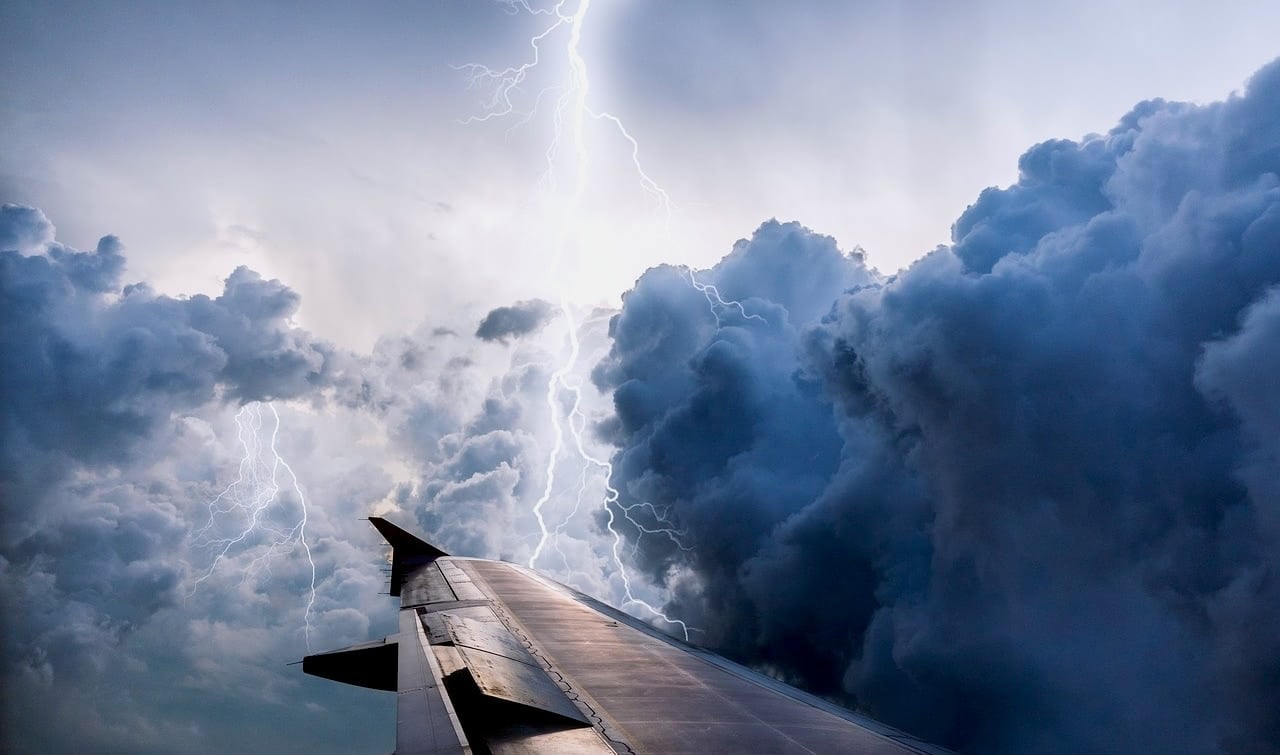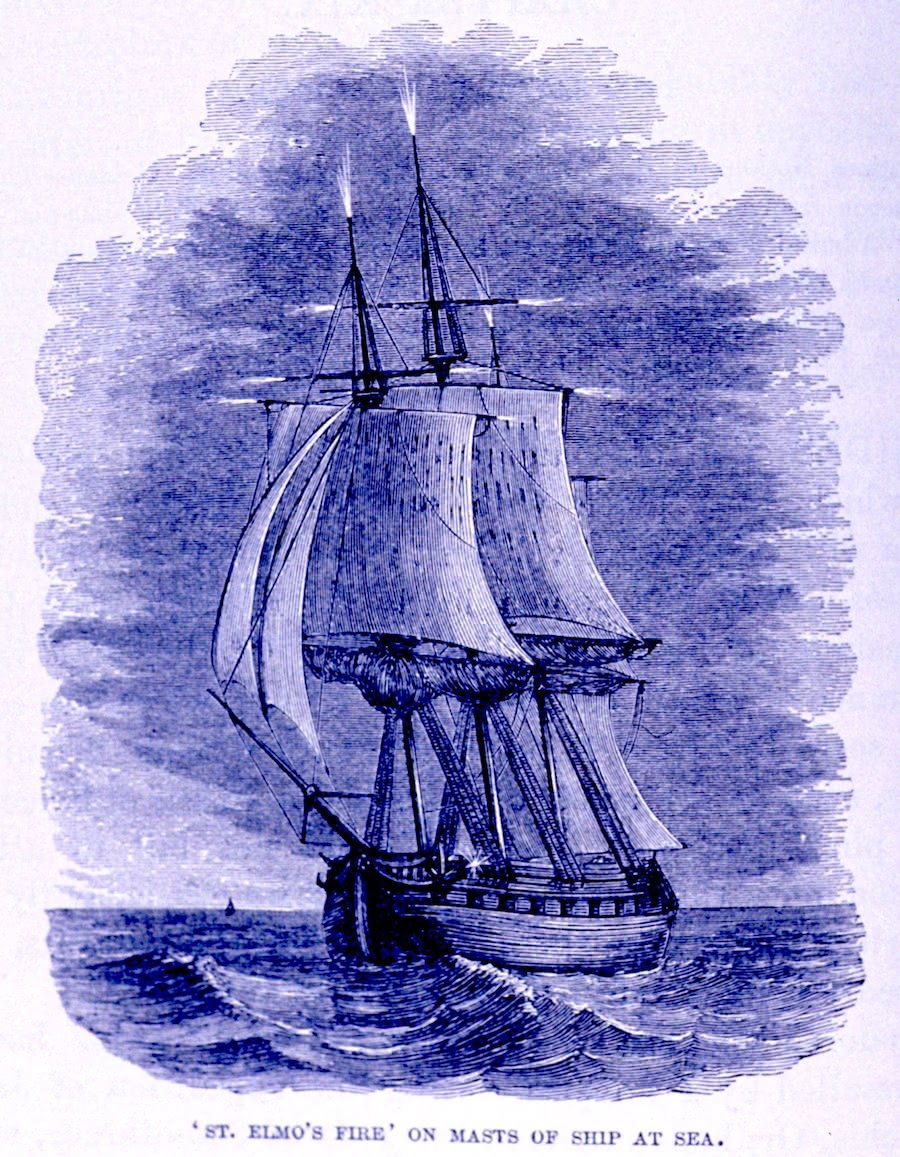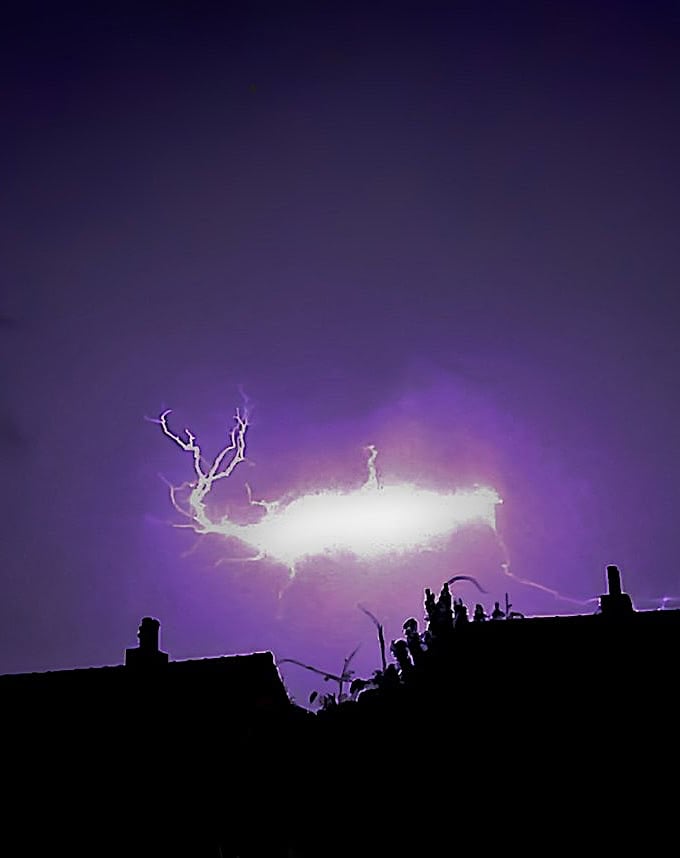Among the atmospheric phenomena that could be observed in flight is also ball lightning, an extremely rare but potentially dangerous event.
These are electrical discharges that usually float or move in the air, adopting a spherical or oval shape. They are not very large, as they usually range between 10 and 40 centimetres, and the tones they acquire range from bright red to yellow.
After a few seconds, the discharge usually dissipates, being absorbed by some element or, on rare occasions, disappearing with an explosion.
Usually associated with thunderstorms, ball lightning has been observed in various locations but whenever they have appeared, the testimonies have been very disparate, so much so that there are still those who believe that they are more a myth than a reality.






